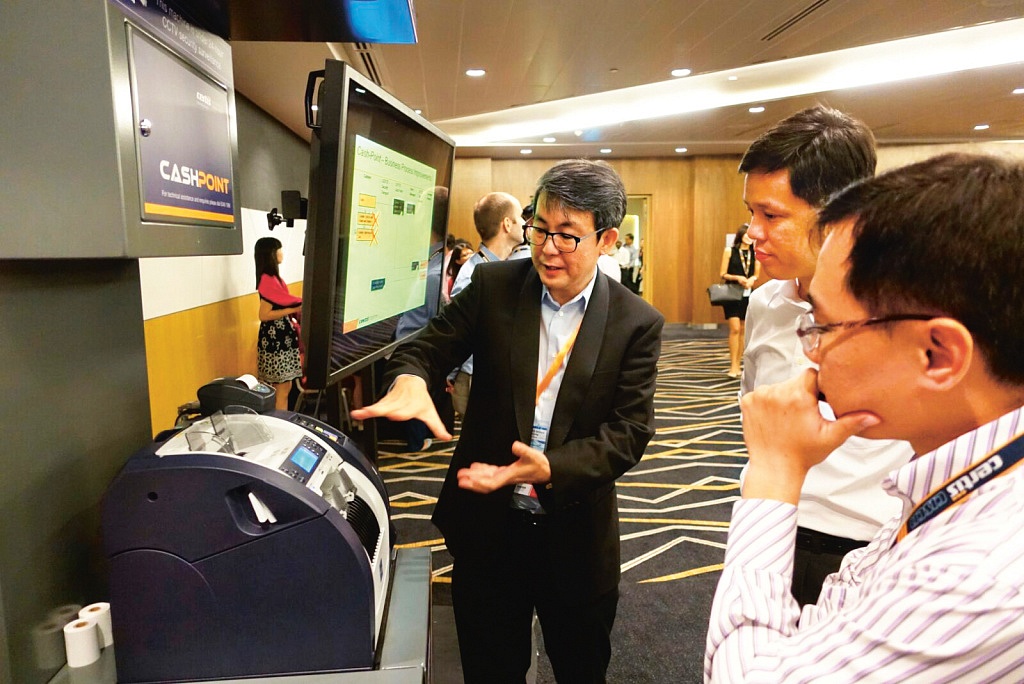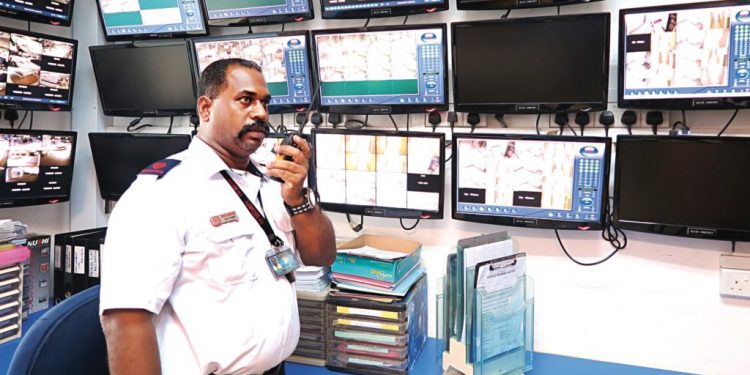In recent weeks, we have been concerned with various security issues. We’re also aware that much attention has been focused on the training and equipping of our SAF and HOME Team members, and rightly so. But often neglected, is the complementary role that private security personnel play in our security environment.
Prior to recent security events, there had already been much discussion on how to uplift the pay, image and professionalism of the private security industry. Often, we hear the need for more training of the “man” and the call for greater investment in the “machines” used.
No doubt some progress has been made in the training of the “man”. Over the years, we implemented the Progressive Wage Model to upskill and formalise the pay structure for our private security officers. Even so, the skill level and pay structure for a large part of the industry still remains less than satisfactory. Why is this so?
We have also seen numerous industry exhibitions showcase the latest available technology. There is also no shortage of seminars that share best practices. Yet the adoption of better “machines” remains far from ideal. Again, why is this so?
I think, that unless we seriously address the issues of “mind-set” and “methods”, there is only so much that can be done to improve the pay, image and professionalism of the industry. The perennial issue of “manpower shortage” will continue to bedevil us, even as many other countries adopt less manpower intensive methods to achieve their security outcomes, with their workers getting higher pay, better image and professional standards.

Let me begin with “mind-set”. It perturbs me that many of our facilities are not “designed for security” at the outset. Somehow, security has become an afterthought and “cost component” to be minimised and managed downstream. There is insufficient awareness that if we don’t design a facility well with security considerations upfront, the “life-cycle cost” to provide security for that facility can be inordinately high downstream.
For example, I see many facilities with too many poorly designed access points inadequately monitored and secured. Without prior investments in remote sensors and monitoring systems, “patrolling the facility” becomes a hugely manpower-intensive operation. No wonder security is such a manpower intensive industry. I wonder if one day, we will set a “security manpower budget” for facilities to meet before their designs are approved.
Another issue is the lack of motivation in many organisations to move towards an outcome-based approach when buying security services. Too many organisations are still giving out multiple short term contracts focused on manpower inputs as KPIs, rather than thinking of how to structure a security service contract over a longer term to incentivise innovation, manpower savings and better outcomes as deliverables. If a security contract is renewed yearly or biennially, why would a security provider bother to think hard about investing in technology? If the security service buyer insists on manpower input as KPIs, why would the service providers think of a better method to do the work? If all this doesn’t happen, how can we expect the pay, image and professional standards of security workers to improve?
Another issue with “methods”, is the lack of aggregation in our approach towards security.
What do I mean? Can you imagine two adjacent facilities, or a cluster of facilities, individually engaging their own security instead of combining forces to save costs and manpower? My pet peeve is seeing two sets of security personnel patrolling two sides of the same fence in adjacent facilities. Funny? Well, it is not. Unfortunately, this occurs more often than we think. We have even come across an example where the different properties managed by the same organisation took two years to reach an internal agreement to pool resources and design their security operations in an integrated way! And when they finally did, the organisation managed to save manpower by 50%, increase the pay of their security workers and utilise a more efficient central command and control operation for its respective facilities.
How often do we see private security personnel “patrolling” to “show presence”? Why can’t some of these tasks be complemented by remote sensors that are cheaply available today? Why can’t we design a system that surgically applies human force/ presence in response to situations, rather than tire out the security personnel with walking rounds?
Training of the “man” and investment in the “machines” are really consequent to the better “methods” and clearer “mind-set” that we need to adopt.
I hope that we can improve the way we train our security personnel to better leverage technology; analyse situations and design operations. While remote sensing—CCTVs, intrusion detection systems etc—are prevalent today, many of our private security personnel are still inadequately skilled or even trained to use them properly. Instead of training our security personnel to just watch a screen and respond to situations, we must also train them to analyse patterns, detect anomalies and spot irregularities as preventive measures. Finally, the training of our security personnel must also encourage them to use their local knowledge to improve the design of their work environment so that their time and energy is more productively utilised.
Finally, I often wonder if our private security industry is too fragmented, where too many players are competing on price instead of quality and innovation. How do we balance encouraging new players with new ideas to come in and disrupt outdated practices with making sure that security companies have the capabilities to better manage their manpower deployment and investments in innovation? It’s something we need to think harder for a better outcome.
I sincerely hope that our companies and management will pay more attention upfront to how they design their facilities and operations because this will determine the jobs and wages of our security personnel for a long time to come. If we seriously want to uplift the pay, image and professionalism of our security industry; if we really care for our lower wage workers; then we must start with the right mind-set and practice the right methods before we even invest in the right machines and right training.
CS
This is a post by National Trades Union Congress (NTUC) Secretary-General Chan Chun Sing. Any extracts should be attributed back to the author. 31 January 2016.

